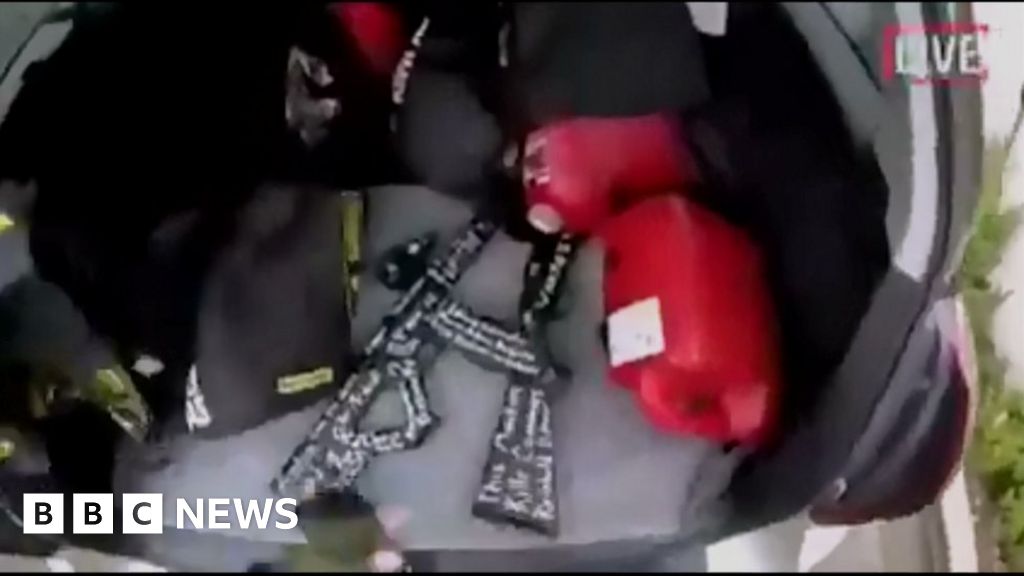

Facebook, for example, also uses hashing to help combat revenge porn and copyright violations, in addition to extremist content.īut when the technology went up against the video from Christchurch, a number of issues arose. Over time, the database grows and, hopefully, blocks uploads before the snowball effect of multiple users searching, sharing, and re-uploading banned content allows disturbing content to trend. New uploads are matched against a hashing database, ensuring that something that’s been banned before isn’t re-uploaded later. Here’s how it works: When moderators remove a video or an image, hashing technology allows them to extract a unique digital signature based on metadata from the photo or video. These companies are using hashing, which they have long touted as a technological solution for removing extremist, disturbing, or pornographic content.


These attempts, he writes, were driven by “a core community of bad actors working together to continually re-upload edited versions of this video in ways designed to defeat our detection.” (Representatives for Facebook and YouTube didn’t immediately respond to requests for comment.)

These companies have blocked uploads, deleted videos, and banned users-but people are still outsmarting the technology intended to block the footage from spreading on social media.Ī Facebook spokesperson told Wired the company was adding each video it found “to an internal database which enables us to detect and automatically remove copies of the videos when uploaded again.” But in the company’s blog post, Facebook’s vice president of product management, Guy Rosen, noted that the “proliferation of many different variants of the video” frustrated attempts to filter out uploads. In a blog post Thursday, Facebook said it removed 1.5 million videos in the first 24 hours after the attack, 1.2 million of which were blocked before being uploaded to the site, which means 300,000 videos were able to slip past its filtering system. YouTube described an “unprecedented” rush to upload video of the attack over the weekend, peaking at one attempted upload per second. It hasn’t always been clear who’s winning. The past six days have been an all-out war between social-media giants and the people who hope to use their platforms to share grisly footage of the Christchurch, New Zealand, mosque shootings.


 0 kommentar(er)
0 kommentar(er)
